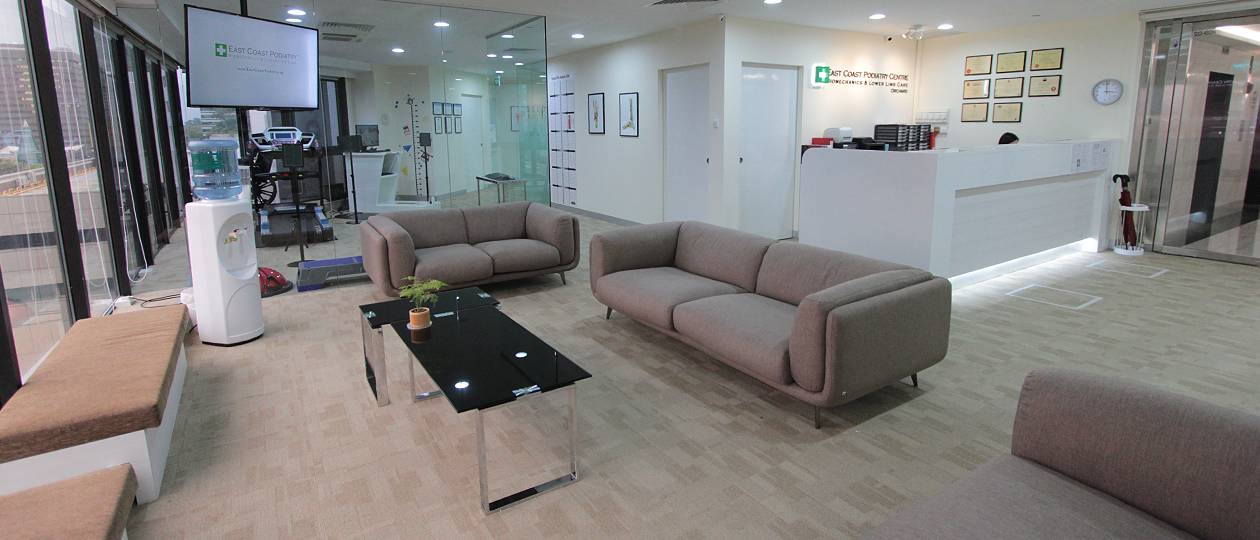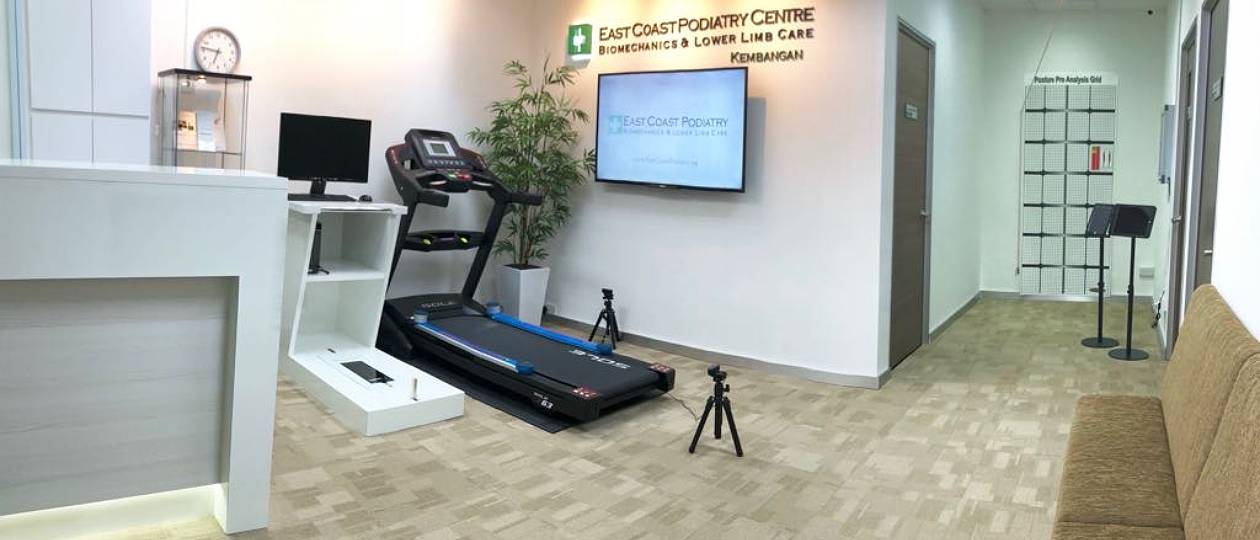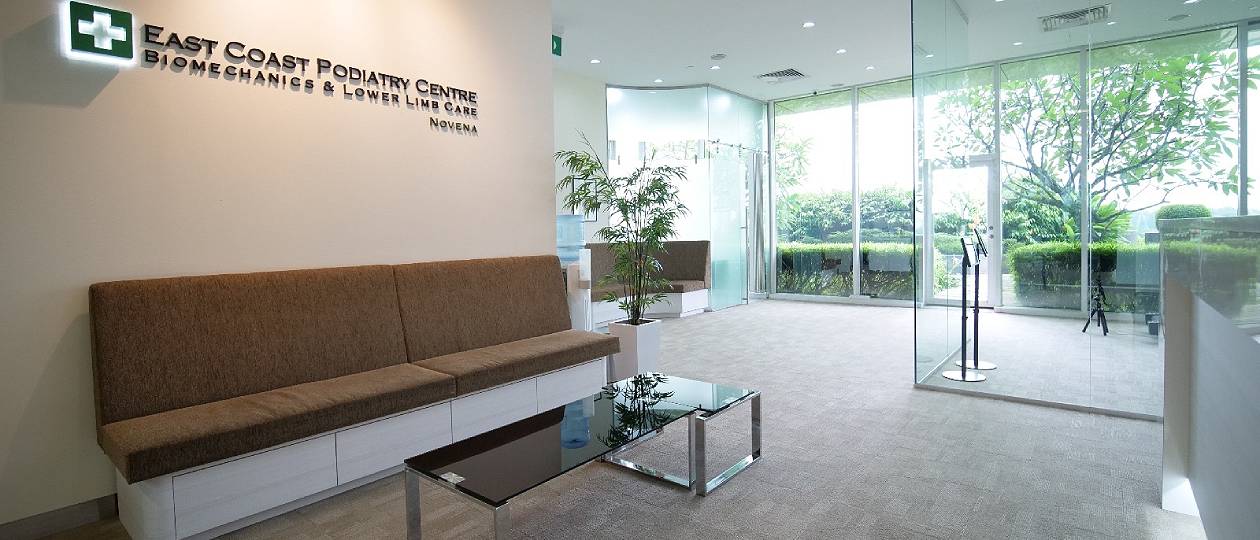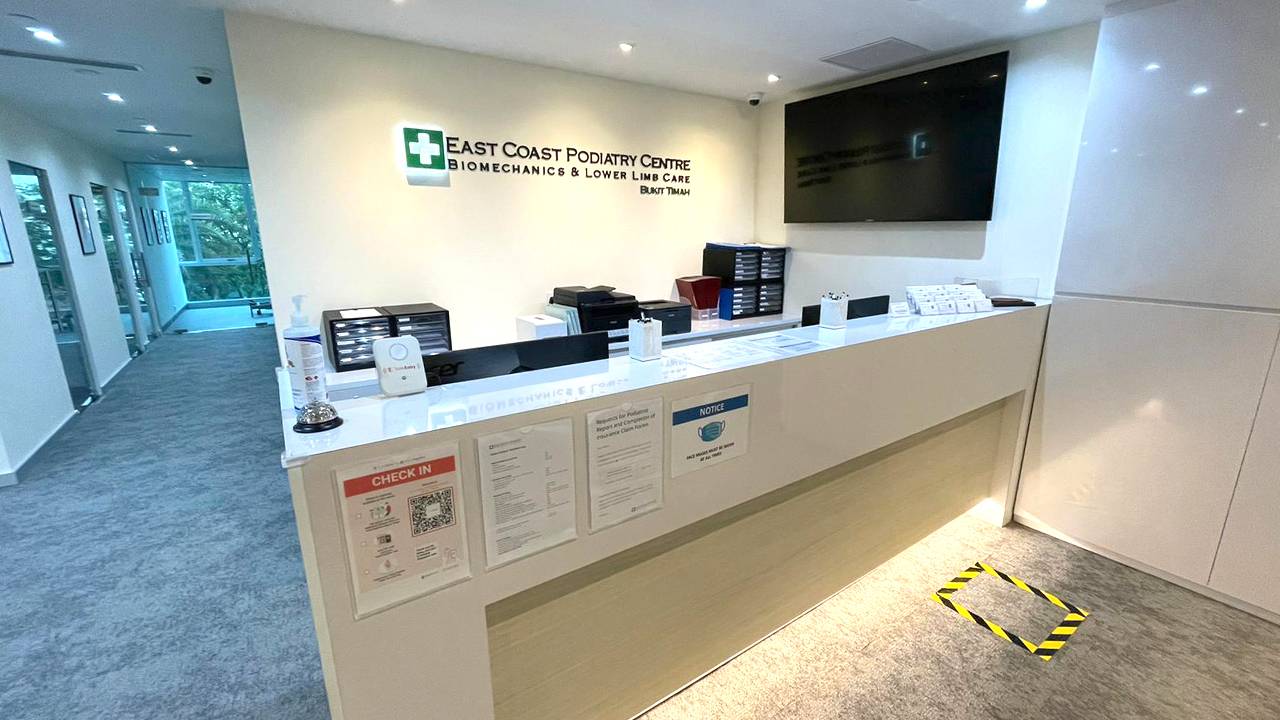Corns and calluses are hardened layers of skin that develop in areas facing high pressure, friction, and irritation. They can frequently be found on the feet, toes, hands, and fingers.
What Is The Difference Between a Corn and a Callus?
| Corn | Callus |
|---|---|
|
|
|
|
Home Remedies for Foot Corns and Calluses
There are many home remedies for corns and calluses in Singapore. However, it is important to be caution when practicing self-remedy, as this may exacerbate the condition. In particular, podiatrists do not recommend the following remedies, especially for higher-risk patients due to the potential for complications.
- Vinegar foot soaks
- Pumice stone filing
- Salicylic acid
People with diabetes or reduced circulation should be extremely cautious when attempting to self-remedy corns and calluses with acid or acid patches. These pre-existing conditions can cause even minor injuries to heal slowly or minimally, and thickened calluses can conceal much deeper wounds or ulcerations.
How Can a Podiatrist Manage My Foot Corn and Calluses?
If your corn or callus is causing irritation or pain, it is best to see a podiatrist for intervention. Do not attempt to remove the corn or callus yourself, as this can lead to further complications.
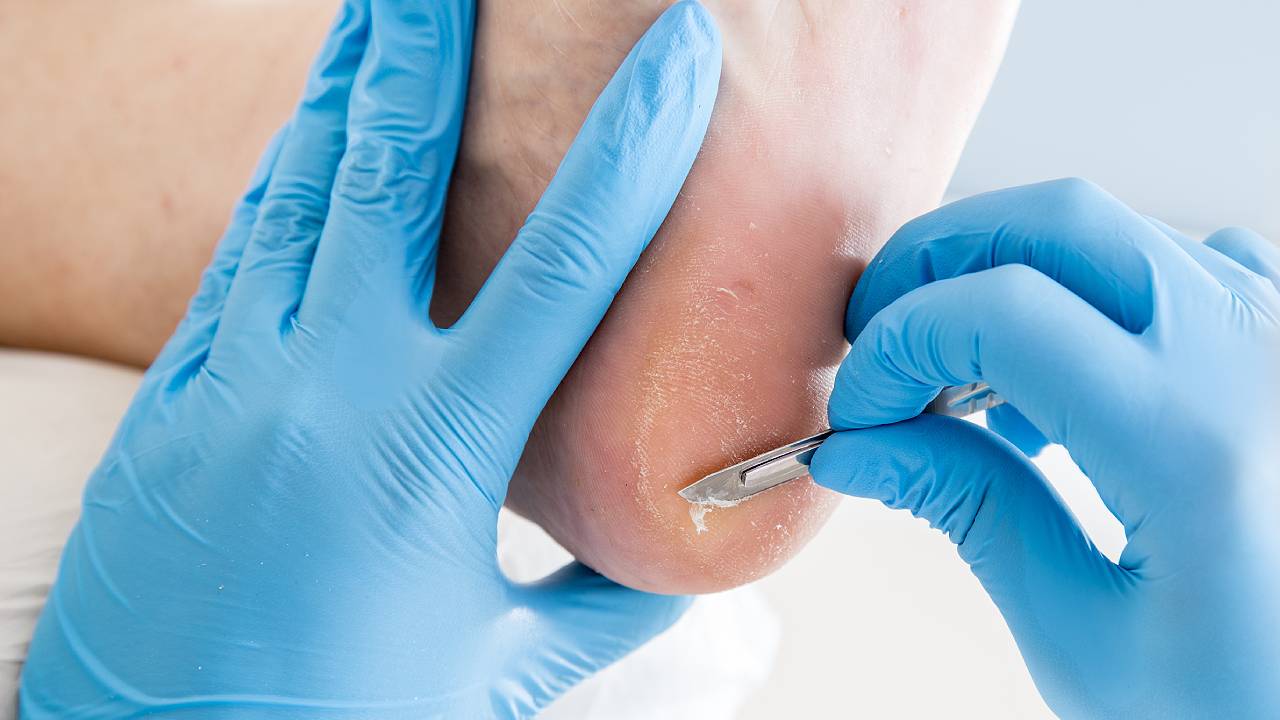
Your podiatrist can help with:
Routine debridement – Superficial corns and calluses can be managed by a podiatrist through periodic removal of the thickened outer layer of skin. This procedure has no downtime and is comfortable and pain-free.
Your podiatrist can also determine if you have any underlying foot conditions such as bunions or hammertoes, which can predispose an individual for corns and calluses.
How to Prevent Corns and Calluses?
To reduce the recurrence of corns and calluses, individuals are encouraged to:
- Offload areas of high pressure through the use of custom insoles
- Keep feet clean and moisturised
- Wear properly fitting shoes and socks

